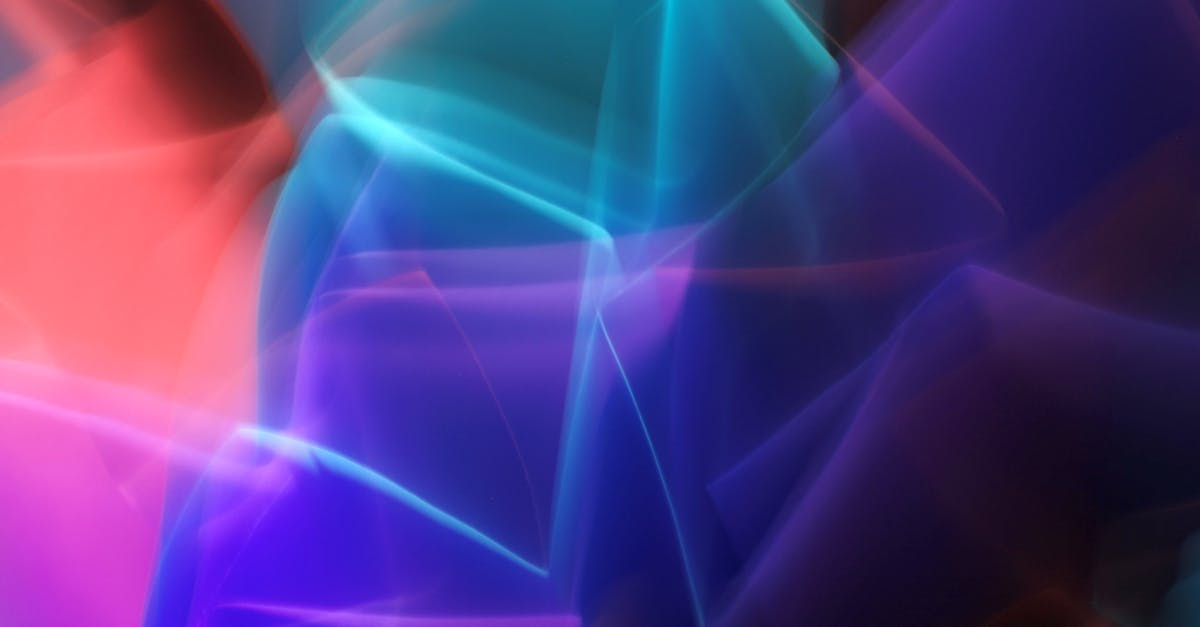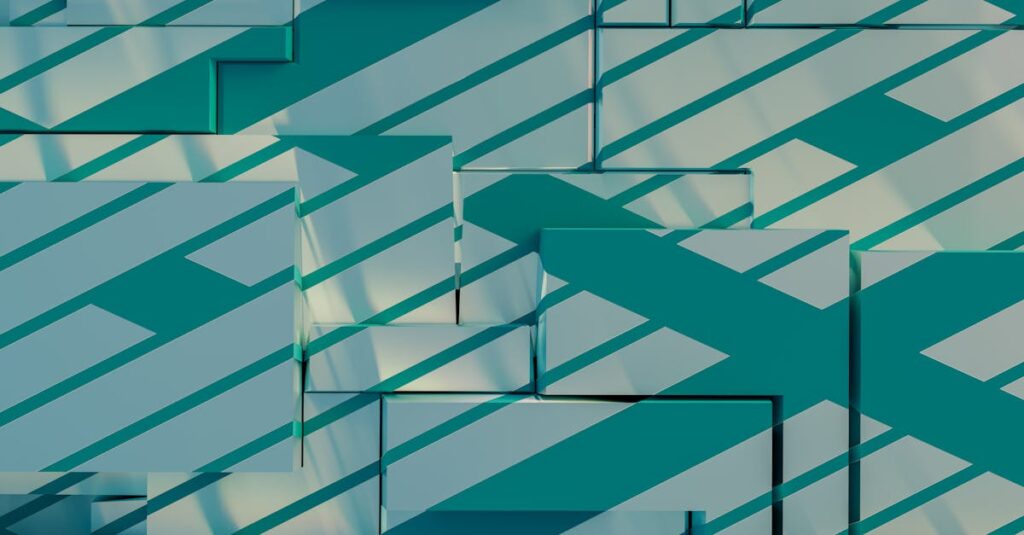In the ever-evolving digital landscape, the lines between graphic design and digital art often blur like a poorly executed Photoshop blend. While both fields involve creativity and digital tools they serve distinctly different purposes. Many aspiring creatives find themselves scratching their heads wondering which path to pursue.
Graphic design focuses on solving visual communication problems while digital art emphasizes personal expression and aesthetic innovation. Think of graphic design as the practical sibling who always plans ahead and digital art as the free-spirited one who loves to experiment. They’re both essential players in the creative world but understanding their unique characteristics can help artists and designers chart their professional course more effectively.
Graphic Design vs Digital Art
Graphic design and digital art represent two distinct creative disciplines in the digital realm. Each field encompasses unique characteristics that shape its purpose and application in modern visual communication.
Key Characteristics of Graphic Design
Graphic design focuses on communicating specific messages through visual elements. Professional designers combine typography, color psychology, and layout principles to create marketing materials, brand identities, and user interfaces. The discipline adheres to established design principles like balance, hierarchy, and contrast to ensure effective communication. Graphic designers work with specific client requirements, brand guidelines, and target audience considerations. Common graphic design outputs include logos, brochures, websites, packaging designs, and social media graphics. Commercial objectives drive graphic design projects, emphasizing clear messaging and functional aesthetics.
Core Elements of Digital Art
Digital art transforms traditional artistic expression through technological tools and platforms. Artists use digital software to create original artwork, illustrations, and experimental pieces. Digital art encompasses various forms including 3D modeling, digital painting, pixel art, and generative art. The medium allows for unlimited experimentation with colors, textures, and visual effects. Digital artists often blend multiple techniques like photo manipulation, vector illustration, and digital brushwork. The creation process emphasizes artistic freedom, personal expression, and innovative visual storytelling. Popular digital art applications include concept art, character design, fine art prints, and digital installations.
Essential Tools and Software
The digital creative landscape offers specialized tools for both graphic design and digital art. Each discipline relies on specific software applications that cater to their unique requirements and workflows.
Graphic Design Platforms
Adobe Creative Suite dominates the graphic design industry with essential applications like InDesign, Illustrator and Photoshop. Illustrator excels at vector graphics creation for logos and brand materials while InDesign specializes in page layouts for print and digital publications. Alternative platforms include Affinity Designer, Sketch for UI/UX design and Figma for collaborative design projects. Free options like Canva and GIMP provide accessible entry points for beginners. Professional graphic designers often utilize prototyping tools like Adobe XD or InVision for interactive design presentations.
Digital Art Applications
Digital artists employ specialized software that mimics traditional art techniques while offering enhanced creative possibilities. Procreate leads the digital painting landscape on iPad devices with its intuitive brush engine and layer systems. Clip Studio Paint provides comprehensive tools for digital illustration and manga creation. Programs like ZBrush and Blender enable 3D sculpting and modeling for concept art and character design. Corel Painter replicates traditional media through advanced brush technologies and texture controls. For animation and motion graphics, artists rely on Adobe Animate, Toon Boom Harmony and TV Paint.
Creative Process and Workflow
The creative processes of graphic design and digital art follow distinct pathways that reflect their core objectives. Each discipline maintains unique approaches to project development from conception to final execution.
Commercial vs Artistic Approach
Graphic designers operate within structured commercial frameworks focused on client objectives business goals. Their process involves analyzing client requirements creating design briefs establishing brand guidelines implementing feedback cycles. Digital artists pursue personal creative visions exploring artistic concepts experimenting with techniques developing unique styles. Graphic designers adhere to strict deadlines project milestones market research data user feedback while digital artists set their own pace explore unconventional ideas follow intuitive creative impulses.
| Aspect | Graphic Design | Digital Art |
|---|---|---|
| Timeline | 2-4 weeks avg. | Variable/Open-ended |
| Revisions | 3-5 rounds | Self-directed |
| Feedback | Client-driven | Self/Peer review |
Project Planning and Execution
Graphic designers follow systematic project management methodologies starting with research discovery phases. Teams create mood boards wireframes mockups before moving into design development testing iterations. Digital artists begin with concept sketches reference gathering experimental compositions. Graphic design projects incorporate specific deliverables timelines collaborative reviews client presentations. Digital art creation flows through organic stages of ideation experimentation refinement without rigid structural constraints.
| Phase | Graphic Design | Digital Art |
|---|---|---|
| Initial | Research/Brief | Concept/Sketch |
| Middle | Design/Review | Experimentation |
| Final | Client Approval | Artist Decision |
Career Paths and Industry Applications
The professional landscapes for graphic design and digital art offer distinct career trajectories with diverse opportunities across multiple industries. Each field presents unique paths for creative professionals to leverage their skills in different market segments.
Graphic Design Opportunities
Graphic designers find employment in advertising agencies, corporate design departments, publishing houses or freelance ventures. Companies like Apple, Nike, and Pentagram employ in-house designers for brand consistency, while agencies such as Wieden+Kennedy and BBDO offer collaborative team environments. Entry-level positions start at $45,000, with senior designers earning $85,000+ annually. Specialized roles include:
- Brand Identity Designer: Creates logos, style guides, visual systems
- UI/UX Designer: Develops app interfaces, website layouts, user flows
- Package Designer: Crafts product packaging, retail displays
- Marketing Designer: Produces social media graphics, advertising materials
- Publication Designer: Designs magazines, books, digital publications
- Concept Artist: Develops visual ideas for films, games
- 3D Modeler: Creates character models, environments
- Digital Illustrator: Produces book covers, editorial artwork
- NFT Artist: Designs blockchain-based digital collectibles
- Animation Artist: Specializes in 2D or 3D motion graphics
- Character Designer: Develops characters for games, animation
Skills and Education Requirements
The educational paths and skill requirements for graphic design and digital art reflect their distinct professional focuses. Each field demands specific technical abilities paired with creative talent to achieve mastery.
Formal Training vs Self-Learning
Traditional education in graphic design emphasizes foundational principles through accredited programs at colleges or universities. These programs cover color theory, typography, layout design and marketing psychology over a 2-4 year period. Digital artists frequently take non-traditional learning paths through online courses, tutorials and intensive workshops. Professional certifications from organizations like Adobe complement both educational routes. Many successful digital artists develop their skills through dedicated practice and experimentation in digital workspaces. Learning platforms like Udemy, Skillshare and YouTube provide accessible resources for both disciplines at costs ranging from free to $500 per course.
Essential Technical Abilities
Graphic designers require proficiency in industry-standard software including Adobe Creative Suite, Figma and Sketch. Core competencies include:
- Typography management for clear visual hierarchies
- Grid system implementation for balanced layouts
- Brand guideline development and application
- Print production specifications
- Web design fundamentals
Digital artists focus on specialized creative software abilities:
- Digital painting techniques in Procreate or Photoshop
- 3D modeling skills using Maya, Blender or ZBrush
- Texture mapping and UV unwrapping
- Digital sculpting and character design
- Animation principles and motion graphics
- Color theory application
- Composition techniques
- File management expertise
- Basic coding knowledge
- Project organization skills
Impact on Modern Visual Culture
Digital art and graphic design shape contemporary visual experiences across multiple platforms. Social media platforms showcase over 350 million images daily, combining both artistic expression and commercial design elements.
The convergence of these disciplines transforms brand engagement:
- Instagram filters merge artistic creativity with branded design elements
- Digital art installations enhance retail spaces through interactive displays
- Motion graphics blend artistic animation with commercial messaging
- NFT marketplaces feature both digital artworks and branded collections
Cultural institutions embrace this dual influence:
- Museums incorporate interactive design elements in digital exhibitions
- Virtual galleries display digital artworks alongside branded experiences
- Online platforms merge curated art collections with designed user interfaces
- Public spaces feature digital billboards mixing art and advertising
Social trends reflect this integration:
- Meme culture combines artistic expression with graphic design principles
- User-generated content platforms blur lines between amateur art and design
- Gaming environments feature both artistic worldbuilding and UI design
- Augmented reality experiences merge artistic vision with functional design
| Platform Type | Monthly Active Users | Content Mix (Art/Design) |
|---|---|---|
| 2.35 billion | 45%/55% | |
| Behance | 10 million | 40%/60% |
| DeviantArt | 45 million | 70%/30% |
| 450 million | 35%/65% |
These disciplines influence consumer behavior through enhanced visual literacy. Modern audiences engage with sophisticated visual content across entertainment platforms streaming services social networks and educational resources.
Creative Expression and Artistic Innovation
Both graphic design and digital art play vital roles in shaping our visual world but serve distinct purposes. Graphic design focuses on strategic visual communication for businesses while digital art emphasizes creative expression and artistic innovation.
Understanding these differences helps aspiring creatives choose their path. Whether someone gravitates toward the structured problem-solving nature of graphic design or the boundless creativity of digital art they’ll find unique opportunities for growth and success.
As technology evolves these fields continue to influence and complement each other creating exciting possibilities for visual communication in our digital age. Their combined impact enriches our daily experiences from social media and advertising to fine art and cultural expression.



